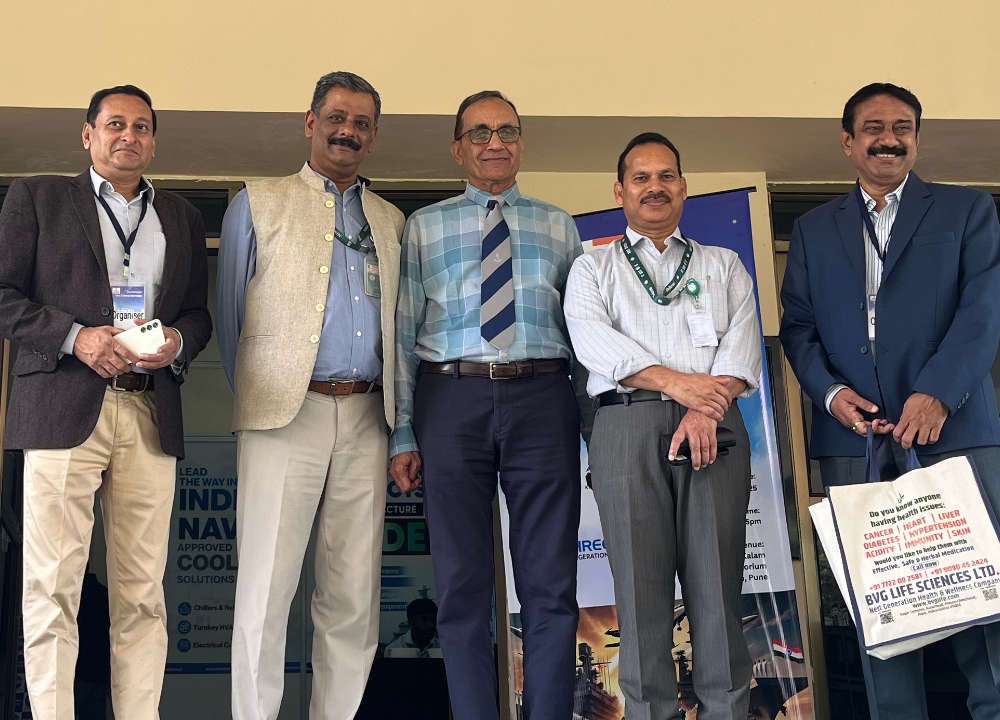Since the launch of the PM Suryaghar Muft Bijlee Yojana in February, residential rooftop solar installations in India have surged over 50%, with around 400,000 new rooftop solar systems adding 1.8 gigawatts (GW) to the grid. This addition represents over half of India’s total residential rooftop solar capacity, according to JMK Research and Analytics.
As of March 2024, the country’s residential rooftop solar capacity stood at about 3.2 GW, making up 27% of India’s overall rooftop solar installations, which total nearly 11.9 GW. The commercial and industrial sector currently holds the largest share, contributing about 60%. The scheme’s generous 60% subsidy on modules, up from a previous 40%, and low-interest loans at 7% aim to make rooftop solar more affordable and accessible.
Industry experts see this initiative as pivotal for expanding India’s residential solar capacity to 30 GW by 2027. “With the government easing approval processes and enhancing financing options, household adoption is expected to rise,” said Vikram V, Vice-President of Corporate Ratings at ICRA. Analysts suggest India will need to add approximately 8-10 GW annually from FY25 to FY27 to meet this target. Favorable conditions, such as lower module costs, increased consumer awareness, and supportive regulations from state governments, indicate a promising growth outlook for India’s residential rooftop solar sector.
The scheme also improves financing availability with over 25 financiers, including private and public sector banks, NBFCs, and fintech firms, entering the market. Launched with a budget of ₹75,021 crore, the program targets 10 million households by 2027, aligning with India’s renewable energy and net-zero goals.
However, challenges remain, including a shortage of domestically manufactured PV modules, higher costs in remote regions like the northeast and islands, and limited access for smaller consumers. Ajay Yadav, Joint Secretary in the Ministry of New and Renewable Energy, noted efforts to address these logistical issues, especially in high-cost regions. While the program’s scale is significant, analysts suggest a full assessment of its impact will be possible after a year of implementation.








